Do you have a household emergency kit at home? Following a natural disaster or community emergency, you may need to stay at home for an indefinite amount of time or leave your home immediately. Having a couple of backpacks ready to grab and go filled with emergency supplies can save you and your family whenever disaster strikes.
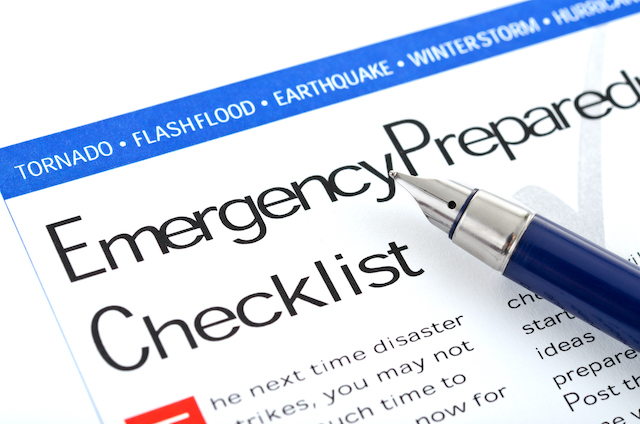
I bought ours a few years ago, and I like knowing that we are a bit more prepared, it helps give me peace of mind. Our backpacks are ready somewhere easy to access, and we all know where they are located.
Building your own household emergency kit is easy. First, you need to think about your own family and your unique needs, the number of people in your household, any pets, seniors, special needs, etc. I have compiled a list of some basic items you should consider for your emergency kit, with direct links to shop. You can also buy these in person or even get a fully assembled emergency kit from one of the many companies selling kits online. I got mine as a kit and added some extra items to personalize it to our family.
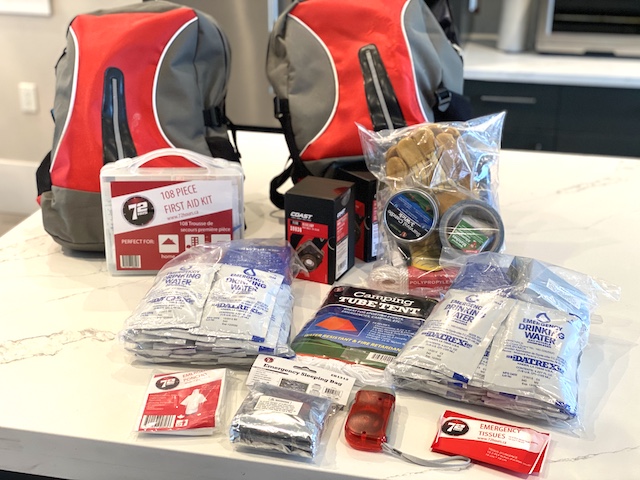
How to Build a Household Emergency Kit
Basic List Recommended by BC Public Safety & Emergency Services
- Large, waterproof, easy to carry backpacks to store supplies
- Non-perishable food: three-day to one-week supply, with a manual can opener, examples: Granola bars, beef jerky, canned foods (meats, vegetables, fruits, soups), dried pasta, trail nut mix, freeze-dried meals, oatmeal, dried fruits.
- Water: You need four litres per person, per day for drinking and sanitation, don’t forget about your pets.
- Phone charger, battery bank or inverter: a solar charger would be a great option too.
- Battery-powered or hand-crank radio
- Battery-powered or hand-crank flashlight
- Extra batteries
- First-aid kit and medications: think about any of the medication you or somebody in your family need to use on regular bases, for example, asthma inhalers.
- Personal toiletries and items, such as an extra pair of glasses or contact lenses
- Copy of your emergency plan, copies of important documents, such as insurance papers
- Cash in small bills
- Garbage bags and moist towelettes for personal sanitation
- Seasonal clothing, sturdy footwear and emergency blanket
- Dust masks if you live in an area that’s prone to earthquakes
- Whistle
- Help/OK Sign (PDF): Print and save these. Display the appropriate side outward in your window during a disaster.
Extras
- Water purification tablets
- Emergency sleeping bags
- Emergency thermal tent
- Roll of duct tape
- Three wicks survival candle
- Pair of heavy-duty gloves
- Multipurpose pocket knife
- Twisted nylon rope
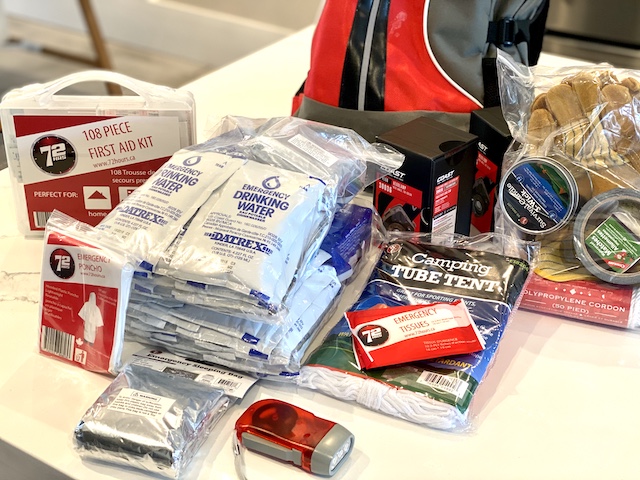
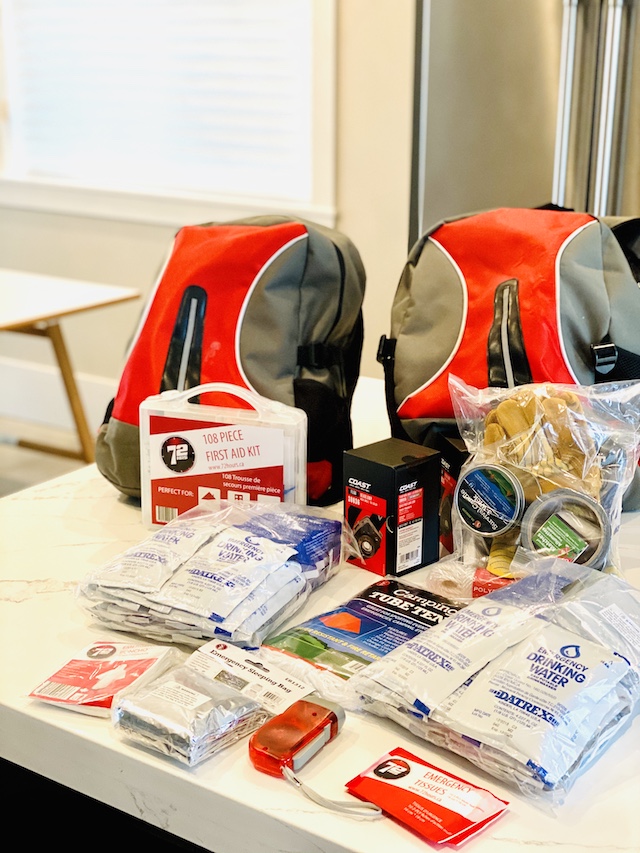
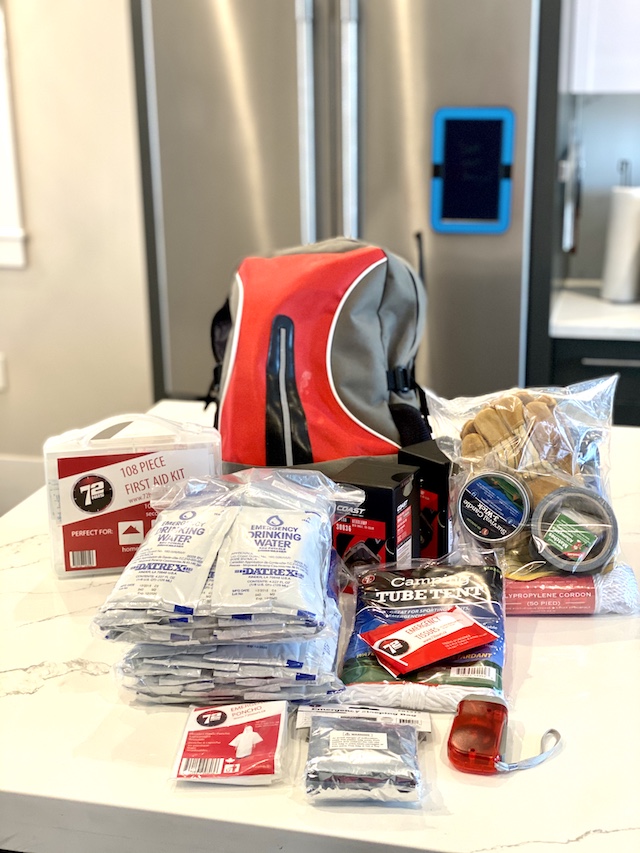
Do you have an emergency kit at home? Is there anything else I didn’t list that you have and recommend to add as well? Share below.
And if you already have a kit, don’t forget to check expiry dates to ensure all items are still fresh.
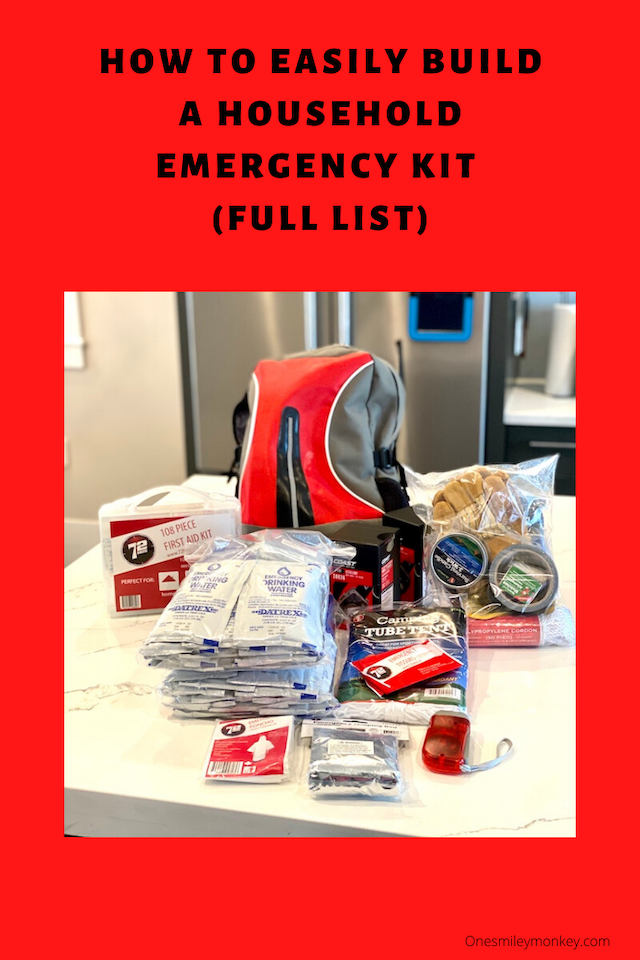



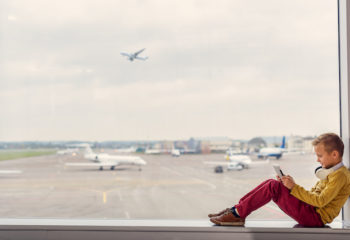
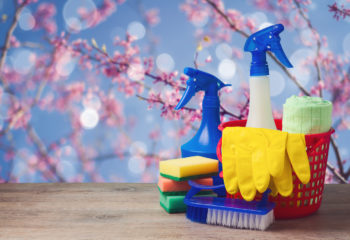
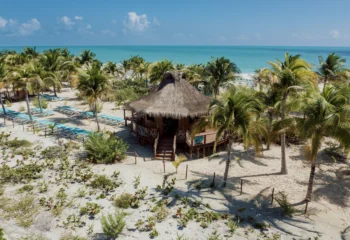



12 Comments on “How to Build a Household Emergency Kit”
Thank you so much for sharing this! We don’t have one but I’ll start collecting items for ours now.
This is a good reminder, thanks for that! We should check on what we have- it’s been a while!
Need to check ours! It is lacking some important items. Great reminder.
I have a lot of these items but not put together, thank you for the informative post. I need to work on this.
This is a great reminder that I need to get an emergency kit together
This is one thing I do not have, thank you for sharing!
So important! Thank you for sharing.
We have a couple of these in our house. It’s always good to be prepared. You never know what could happen. thank you for the tips.
Thanks. I did make one and find it useful for emergencies.
Thank you for sharing the informative post , this is a good reminder to collect some important items . he Flatpack Professor proves assembly for vuly swing set equipment of all kinds, for convenient, expert installation you can trust.
We have a few emergency things collected together, but haven’t put them together in a kit yet. I hadn’t thought to include garbage bags – they could come in handy in lots of ways.
Such a great idea, thanks for sharing!